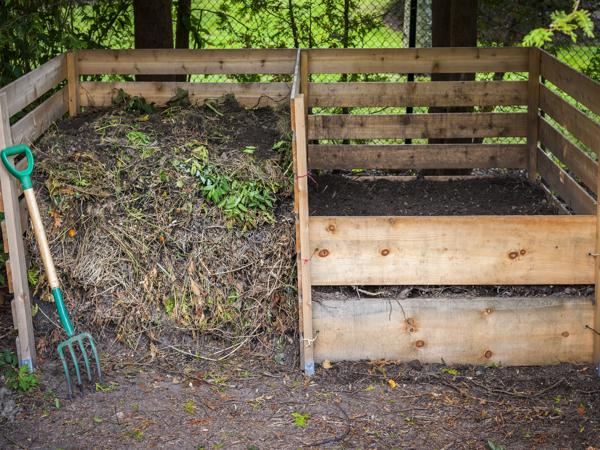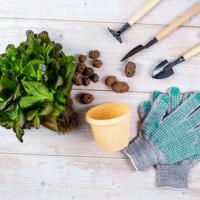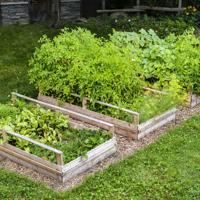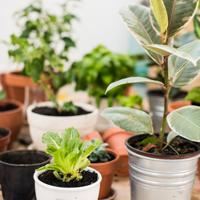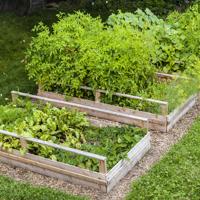Creating compost at home can be a rewarding experience, contributing to a more sustainable lifestyle. Composting not only reduces waste but also enriches soil fertility, which can greatly benefit a garden-to-table lifestyle. However, selecting the right composting equipment can be puzzling. Two popular options—compost tumblers and compost bins—often raise the question: which one suits our needs better? Let’s explore the differences.
Ease of Use
Compost Tumblers: These are designed with ease in mind. With a rotating drum mounted on a frame, they allow for quick and effortless mixing of the compost. Simply turn the handle or rotate the drum to aerate the compost. This feature can make composting accessible, especially if physical labor like shoveling isn’t ideal for you.
Compost Bins: They are more static. Typically, you’ll need to hand-turn the compost with a pitchfork or a compost aerator tool. This can be a bit labor-intensive, but some gardeners enjoy this hands-on approach. It can feel satisfying to work closely with your compost pile.
Speed of Composting
Compost Tumblers: Due to the regular turning and aeration, tumblers can speed up the composting process. When consistently managed, they might produce finished compost in weeks. This quicker cycle can be beneficial if you’re in urgent need of nutrient-rich compost for your garden.
Compost Bins: The process may take longer since manual turning is less frequent. Depending on materials, climate, and management, it might take several months for compost to mature. Patience can be key, but the process can still yield richly aged compost in due time.
Capacity and Space
Compost Tumblers: They often come in smaller sizes, limiting the amount of compost you can manage at once. This is suitable for smaller households or urban gardens. Their compact nature can be great if space is limited.
Compost Bins: They generally offer larger capacities, making them ideal for bigger gardens or households producing more waste. You can often find a range of sizes to accommodate individual needs.
Cost Considerations
Compost Tumblers: Typically, they come with a higher upfront cost due to their design and materials. Investing in a sturdy model can pay off if you value ease of turning and quicker composting times.
Compost Bins: These can be more budget-friendly, with many affordable options available. For those starting their composting journey or on a tighter budget, bins might be an appealing choice.
Pest Control
Compost Tumblers: Their closed design can help deter pests, like rats or raccoons, from sifting through your compost. For urban environments where pests can be a concern, this feature can offer peace of mind.
Compost Bins: Open bins might attract unwanted visitors if not managed diligently. Ensuring a proper balance of green and brown materials and keeping meat or dairy scraps out can help mitigate this risk.
Environmental Impact
Both options support sustainable gardening by reducing waste and improving soil health. Choosing between them could depend more on your specific environmental impact goals.
If you wish to recycle more waste more quickly, tumblers might appeal. On the other hand, bins might better suit those looking for a more low-tech, traditional approach.
Conclusion
When choosing between compost tumblers and bins, consider what fits your lifestyle and gardening goals best. Think about your available space, the effort you wish to invest, and your budget. Each has its advantages and can effectively aid in creating high-quality compost.
Research and conduct personal trials if possible, and remember that there isn’t a one-size-fits-all answer in sustainable gardening. The journey is unique to each gardener, and exploring your composting preferences can be an enriching experience. Enjoy your path toward creating a greener home.
